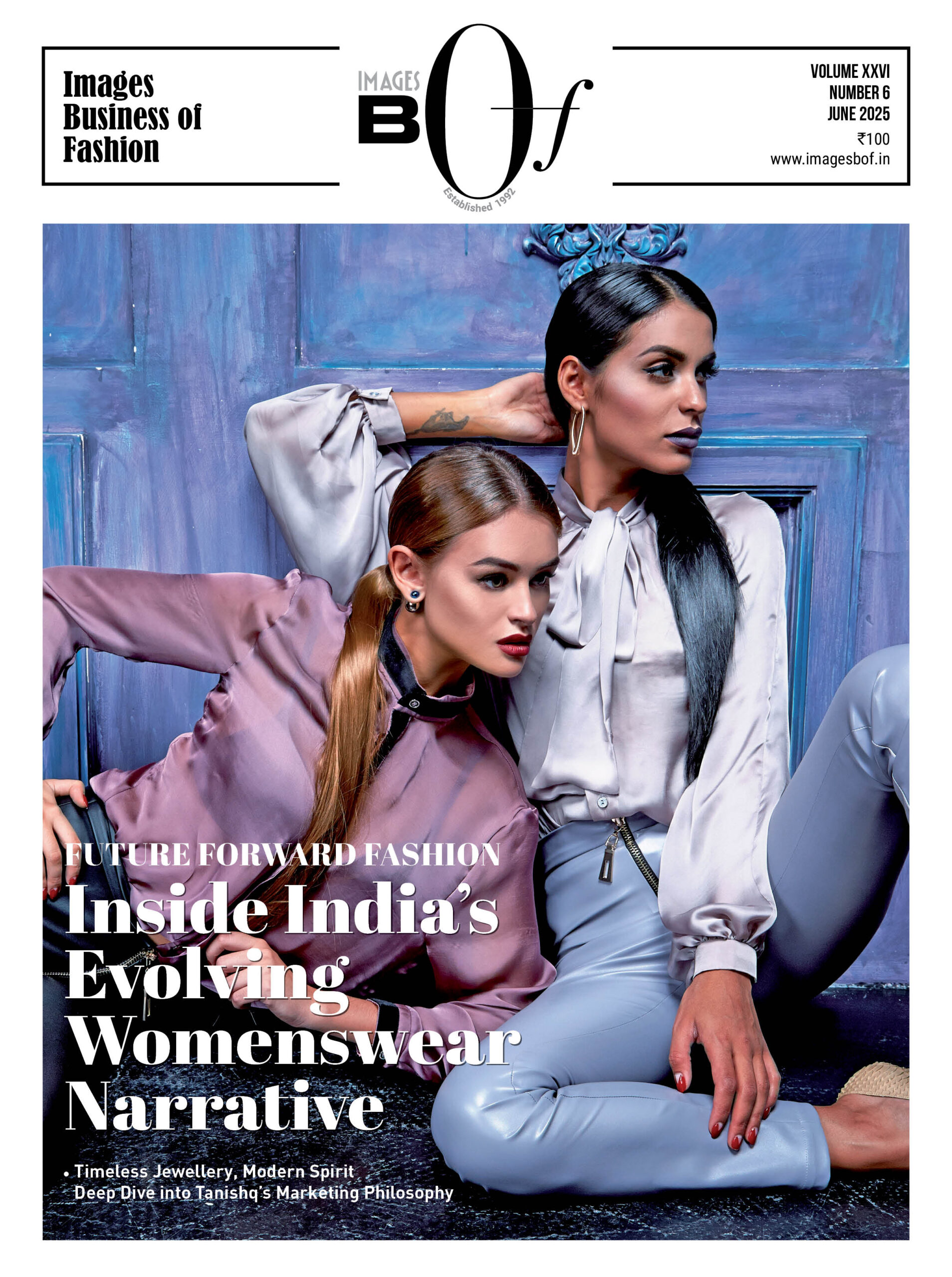Will the AI take away my job? This was the big question in the fashion industry among professional models when a top fashion house announced that it was trying out models generated by artificial intelligence. This is job cuts, and is being done to save costs, industry analysts were quick to comment.
So, who’s this one person to blame for this – all eyes started to look accusingly at the CEO, the decision-maker.
The biggest challenge for the CEO in the age of AI has now become to balance the pace at which the AI is shaping up the world by way of what seems to be a chaos theory of sorts at work and the job-loss apprehensions of the professionals who have devoted their life doing what they do.
The fashion house at the trial stand raised the guard, saying they have no intention to save costs and that the AI-generated models would only supplement, and not replace the live models.
The hue and cry around job loss for professional models died down, but murmurs can still be heard.
That apart, recent study by EY India points out that each and every CEO in India has a commitment to invest in AI, specifically GenAI, and 84% of them see the need to act quickly on generative AI to avoid giving their competitors a strategic advantage.
And why not. It’s always the first that makes news and is talk of the town. A second or a third is an also-in-the-game. If not the first one, the brand loses out a significant share. For example, Prada experimented AI with foundation colour, and it became a huge hit with the shoppers. Now if another fashion house comes out with the same, it’ll be a seen-it-all, done-it-all for the busy shopper, and chances are high that they’ll ignore the product. This makes being the first out of the box another daunting challenge for the CEO, especially in today’s fast-evolving world of fashion where old is immediately discarded for the new, say at just a click.
The third challenge of consequential importance the CEO, especially in the fashion industry, is facing is the fact that they are in a way disrupting their own business models created through years of hard work and sweat. EY says 84% of CEOs in India are raising new capital or re-allocating it from other investment projects towards this new digital space. In simple words, CEOs are changing the wardrobe, and they have to be careful of what they throw out, a challenge indeed of consequential importance.
With a lot at stake, here’s a look at what top decision-makers in the fashion industry think about AI:

“Generative AI has the power to unlock the full potential of the fashion design process, amplifying creativity and innovation. With its ability to analyse vast amounts of data and generate unique ideas, it presents a higher chance of success compared to solely human-led design processes,” says VIRGIO Co-Founder & former CEO of Myntra, Amar Nagaram.
“By collaborating with AI, fashion designers at VIRGIO are tapping into new realms of possibility, pushing boundaries and creating ground-breaking designs that captivate and inspire,” he adds.

Nissan Joseph, CEO, Metro Brands, keeps a similar line of thought on AI: “In today’s business landscape, AI is not just a presence; it’s an instrumental force that propels us forward. It goes beyond mere identification – it’s about understanding, predicting, and enhancing the customer experience.”
“AI has the potential to decode buying patterns, traverse data points, and analyse consumer habits, ensuring seamless interactions,” he adds.
Integrating AI with daily operations for forecasting and streamlining operations are also now a priority job for the CEO.
“The true mark of superior technology is when it seamlessly integrates into operations, providing an enhanced experience without overt visibility. Our commitment to adopting AI will extend to guaranteeing product availability, executing hyper-local forecasting, and streamlining operational efficiency, setting the standard for a future-driven approach in the retail industry,” says Joseph.
And yes, the CEOs are on it with all enthusiasm. “The latest date collection from VIRGIO is an example of a very successful collaboration between our fashion designers and Generative AI. We were able to quickly turn around a collection that not only is talking the language of love through the fabric and fit but also iterated very fast on the elements that amplified the elegance of the collection,” says VIRGIO’s Amar Nagaram.
Saving on time also came in handy for VIRGIO, all thanks to AI. “From ideation to reaching the consumer it took us 18 days which otherwise would have been less than the design cycle in a traditional model,” says Nagaram.
All said and done, the fact remains that the CEOs have their task cut out, that is to integrate AI into their operations, and study carefully on the impact it will have which will depend on various factors including the readiness of the organisation, the specific use cases implemented, and the overall industry landscape.



